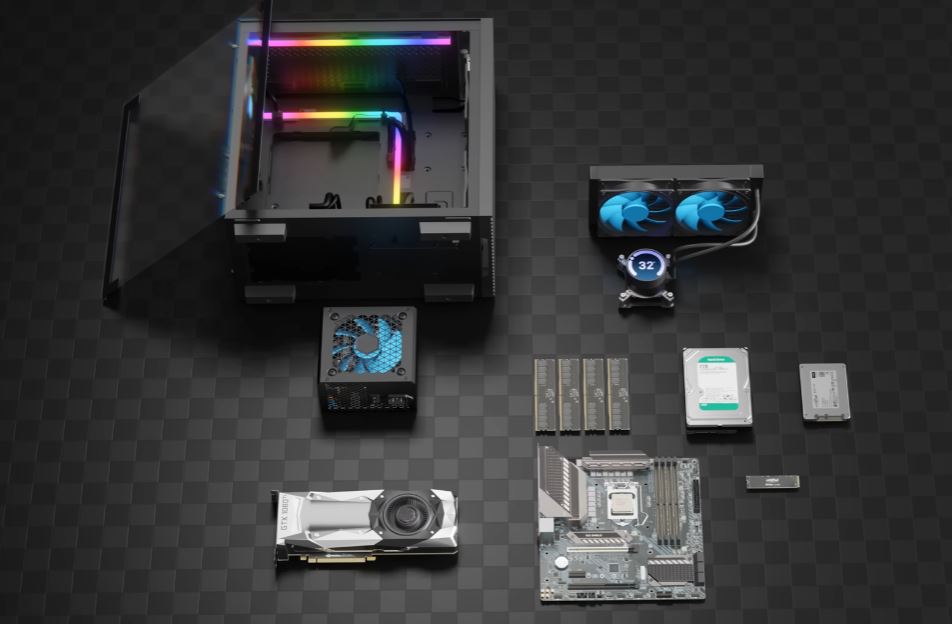Computers seem to magically perform complex tasks like playing games, browsing the internet, and more – but underneath the surface lies a intricate network of hardware components working together. In this guide, we'll dissect a desktop computer and explore how each piece of the puzzle functions.
The Central Processing Unit (CPU)
As the "brain" of the computer, the CPU is responsible for executing programs and handling most of the logic and calculations. At the core of the CPU are tiny processors called cores that can perform billions of operations per second.
When we zoom in, we see each core is made up of billions of even tinier transistors. These transistors combine to form logic gates and circuits that allow the CPU to perform tasks. Multiple layers of tiny wiring connect the transistors together to form a complex multilayer labyrinth.
In addition to the cores, the CPU also contains caches for temporary data storage, a memory controller to interface with RAM, and other subcomponents laid out in a complex diagram. Each piece works together harmoniously to power computations.
The Motherboard
The motherboard is the central circuit board that connects all the other components together. It contains sockets for the CPU and RAM, expansion slots for additional hardware, input/output ports, and more.
A key component is the Chipset, located near the CPU. It acts as the traffic coordinator, managing data flow between the CPU and other parts like storage, networking, audio, and more.
The motherboard also contains the voltage regulator module (VRM) which precisely steps down power from the PSU to the delicate voltage levels required by the CPU. Heat sinks are needed to dissipate waste heat from high power flows.
Graphics Processing Units (GPUs)
While the CPU handles general computations, intensive tasks like gaming and graphics are offloaded to the GPU. Like the CPU, the GPU die contains billions of tiny transistors organized into thousands of simpler processor cores.
These cores can perform the same basic operations in parallel across massive amounts of data – perfect for graphics. The GPU also contains memory caches and controllers to interface with dedicated video memory (VRAM) for textures and frames.
Memory, Storage, and I/O
To temporarily store and access active data and instructions, computers use incredibly fast RAM (random access memory) directly connected to the CPU. For longer-term storage, devices like solid-state drives (SSDs) and hard disk drives (HDDs) are used.
SSDs access data within microseconds using flash memory cells, while HDDs access data within milliseconds by reading and writing magnetic domains on spinning disks. Other components like expansion cards, ports and peripherals allow input/output between the computer and external devices.
By bringing together all these precisely engineered pieces of hardware, computers are able to rapidly process and store the massive amounts of data needed to power modern applications. The inner workings are a true testament to electronic engineering innovation.

